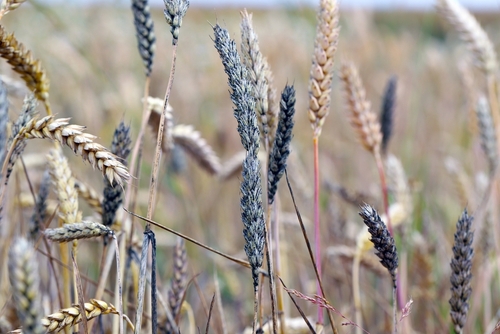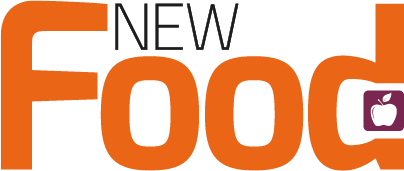ILSI Europe introduces risk-based approach to manage mycotoxins in food
Posted: 13 October 2025 | Ian Westcott | No comments yet
A new risk-based framework from ILSI Europe helps industry and regulators prioritise mycotoxin threats in wheat-based foods, supporting evidence-based mitigation strategies.


Fungal contamination of wheat can produce mycotoxins, underlining the need for risk-based prioritisation in food safety. Credit: Shutterstock
Mycotoxins remain a persistent and evolving threat to global food safety, and a new risk-based prioritisation framework aims to help industry and regulators tackle the problem more effectively. Produced by certain fungi, mycotoxins can contaminate crops and pose serious health risks to consumers. Rising global temperatures and changing climate conditions are expected to increase both the likelihood and severity of contamination, making proactive management essential.
Risk-based prioritisation framework for mycotoxins
A paper by ILSI Europe’s Food Contaminants Task Force introduces a practical approach to identify which mycotoxins represent the greatest risk and where mitigation efforts should be focused. Contamination can occur throughout the food production chain, from raw materials to finished products, and may even affect foods of animal origin via carryover from contaminated feed.
The newly published framework integrates hazard assessment, exposure evaluation, and, for the first time, an appraisal of existing mitigation strategies. Applied in a proof-of-concept study to wheat-based foods like bread and pasta, the approach highlighted ochratoxin A (OTA) in bread as the highest priority for mitigation, followed by deoxynivalenol (DON). Designed for flexibility, it can be adapted to other commodities, contaminants, and climate-driven shifts influencing fungal growth and mycotoxin prevalence.
Benefits for industry, regulators, and researchers
For industry stakeholders, the framework provides a tool for efficient resource allocation, supply chain management, and regulatory compliance. Regulators can use the evidence-based methodology to set surveillance priorities and refine safety standards, while academic researchers gain a structured platform to address toxicological data gaps and develop targeted mitigation strategies.
Experts involved in developing the framework emphasise its practical value. Prof. Michele Suman of Barilla SpA and the Catholic University of Sacred Heart, Milan, said: “We’re providing the entire supply chain with a flexible and operational tool to establish which mycotoxins to prioritise and which product categories should be progressively addressed. This pragmatic approach safeguards consumer health while helping optimise the agri-food system.”
Dr Maxence Oboeuf of Danone added: “This framework integrates hazard severity, exposure levels, and existing mitigation options into a single, adaptable tool. Its application to wheat-based products demonstrates its ability to pinpoint priority contaminants and guide where additional mitigation can have the greatest impact, including emerging hazards and climate-driven risks.”
Ass. Prof. Dr. Elisabeth Varga of the University of Veterinary Medicine, Vienna, highlighted the approach’s flexibility: “Rigid structures are outdated. This risk-based prioritisation tool provides a framework that can be continuously updated with specific information to reflect the complexity of mycotoxin contamination in food and feed.”
Collaboration between industry and academia
The publication represents a collaboration between leading scientists across industry and academia, including Michele Suman, Maxence Oboeuf, Mohamed Fathi Abdallah, Claire Hazel, Elisabeth Varga, Angela Mally, Angel Medina, Monica Molero, Annette Sansom, and Konrad Korzeniowski. Their combined expertise ensures the framework is both scientifically robust and operationally relevant.
As the global food chain faces increasing contamination risks due to climate change and complex supply networks, such tools offer proactive, evidence-driven solutions for safeguarding food safety and protecting consumer health.
The framework is detailed in: Suman, M. et al. (2025). Framework on risk prioritisation of mycotoxins in food: a case study in two wheat-based products. World Mycotoxin Journal. https://doi.org/10.1163/18750796-bja10027
Related topics
Contaminants, Food Safety, Mycotoxins, Research & development
Related organisations
Barilla Spa, Catholic University of Sacred Heart Milan, Danone, ILSI Europe, University of Veterinary Medicine Vienna








